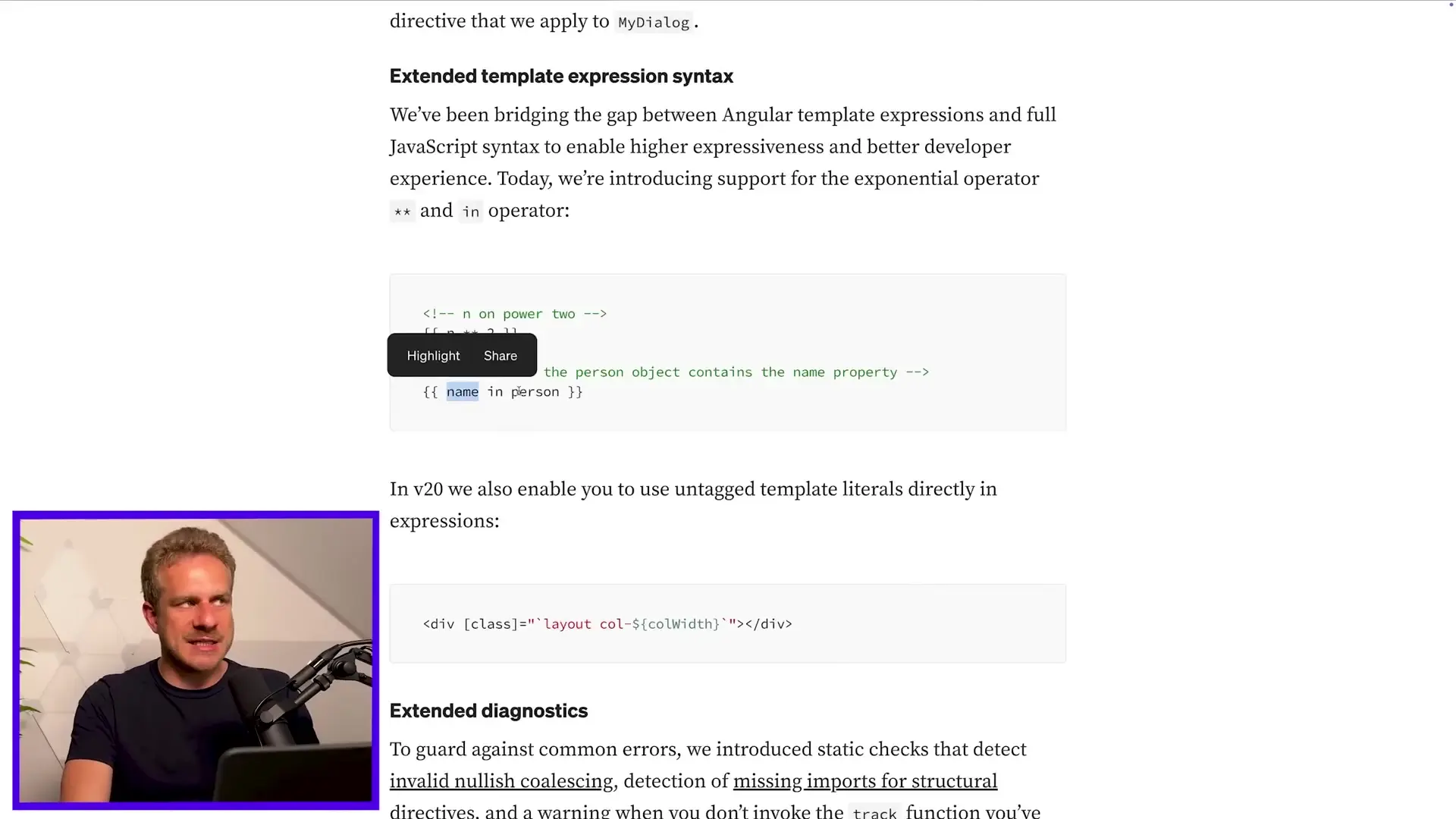
Angular 20 has been released, marking a shift towards stability after several feature-packed previous versions. While it doesn't introduce as many groundbreaking features as recent releases, it brings important refinements and stabilizations that will help prevent developer fatigue and burnout when working with the framework.
New Naming Conventions for Angular Components
One of the most immediately noticeable changes in Angular 20 is the updated naming convention for components, directives, and other Angular artifacts. After nearly a decade of using patterns like 'app.component.ts' and 'AppComponent' class names, the Angular team has revised their recommendations.
When creating a new project with Angular CLI version 20 or higher, you'll notice components are now named simply 'app.ts' instead of 'app.component.ts', and classes follow suit with names like 'App' rather than 'AppComponent'. This applies to all components generated with ng generate commands as well.

For teams who prefer the classic naming convention, Angular provides a way to maintain it. You can add configuration to your angular.json file to continue generating components with the traditional naming pattern:
{
"schematics": {
"@schematics/angular:component": {
"style": "legacy"
}
}
}It's important to note that this change is purely stylistic and doesn't affect how your code executes. Existing projects will continue to work as before, and you're free to use whichever naming convention you prefer in your own code.
Zoneless Mode Promoted to Developer Preview
Another significant update is the promotion of zoneless mode from experimental to developer preview status. When creating a new Angular project, you'll now be prompted to choose whether you want to use zoneless mode.
Zoneless mode can provide performance improvements by eliminating the zone.js dependency and reducing the number of background checks Angular performs. This can help prevent developer burnout by creating more responsive applications that are easier to maintain and debug.
It's worth noting that zoneless mode requires the use of signals, as it relies on them to notify Angular when data changes and when the UI should update. If you're using the traditional change detection approach, you'll still need zone.js.
API Stabilization: Effects, Signals, and Server-Side Rendering
Angular 20 marks the stabilization of several important APIs that were previously experimental or in developer preview:
- The effect(), toSignal(), and toObservable() functions are now stable
- Many parts of Angular's server-side rendering functionality have been marked as stable
- Incremental hydration APIs are now considered production-ready
This stabilization means these APIs won't undergo fundamental changes in the near future, giving developers confidence to build upon them without worrying about breaking changes in upcoming releases.
New Experimental Signal-Related APIs
Angular 20 introduces some new experimental APIs related to signals, most notably the resource() function. This function allows you to wrap code that fetches data (like HTTP requests) and automatically re-execute it when specified signal values change.

For example, you can create a resource that fetches user data whenever a userId signal changes:
const userId = signal<string>('user1');
const userData = resource(
// This function runs whenever userId changes
(id) => fetchUserData(id),
{
// The signal that triggers refetching
params: userId
}
);The resource() function returns a signal that exposes the fetched data to your template, automatically handling the UI updates when new data arrives.
For HTTP-specific use cases, Angular also introduces a dedicated httpResource() function that simplifies working with HTTP requests. This can be a nice alternative to manually setting up HTTP client code, though being experimental, it may change in future releases.
Template Enhancements and Deprecations
Angular 20 adds support for additional JavaScript operators directly in templates:
- The exponential operator (**) for power calculations
- The 'in' operator for checking if a key exists in an object

While adding these new features, Angular 20 also deprecates some long-standing directives. The *ngIf, *ngFor, and *ngSwitch structural directives are now officially deprecated in favor of the template control flow blocks introduced in Angular 17 (@if, @for, etc.).
These deprecated directives will continue to work for now, but they'll likely be removed in a future major version. To future-proof your code and prevent developer burnout from major migrations later, it's recommended to start transitioning to the new control flow syntax.
Other Improvements and Additions
Angular 20 includes several other enhancements:
- Improved support for dynamically creating components with directives and bindings
- Support for Vitest as a testing framework
- Various performance improvements and bug fixes
Conclusion: A Focus on Stability
Overall, Angular 20 represents a stability-focused release that consolidates the innovations from recent versions. While it may not introduce as many groundbreaking features as previous releases, it provides important refinements and stabilizations that help prevent developer burnout and fatigue when working with the framework.
This balance between innovation and stability is crucial for a mature framework like Angular. It ensures that developers can rely on stable APIs while still benefiting from incremental improvements and new features.
Whether you're maintaining an existing Angular application or starting a new project, Angular 20 offers a solid foundation with enough new features to keep things interesting without overwhelming developers with changes.
Let's Watch!
Angular 20 Released: Key Updates and Stability Improvements for Developers
Ready to enhance your neural network?
Access our quantum knowledge cores and upgrade your programming abilities.
Initialize Training Sequence